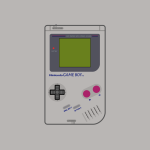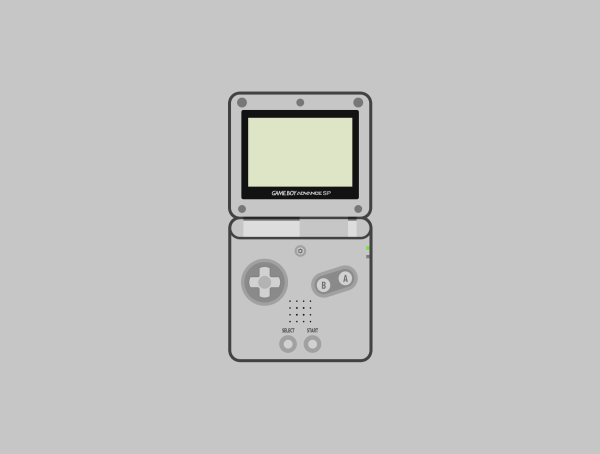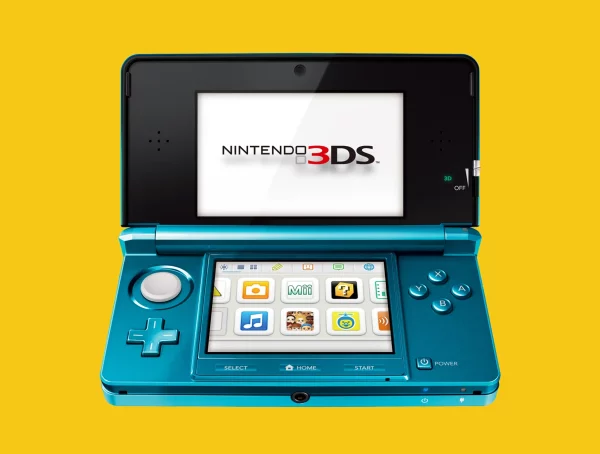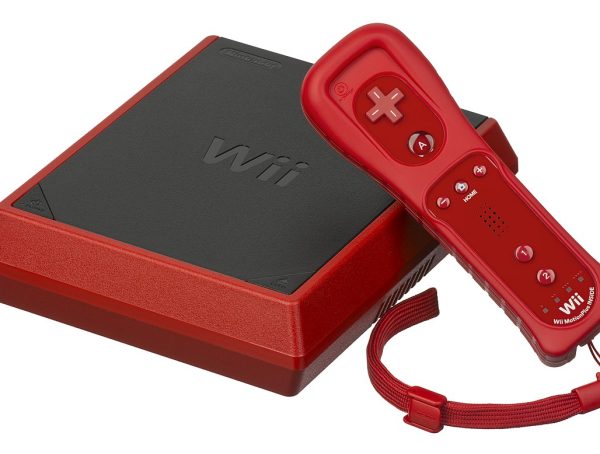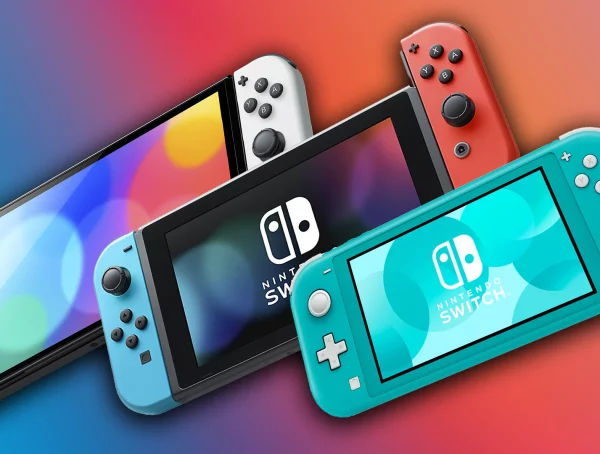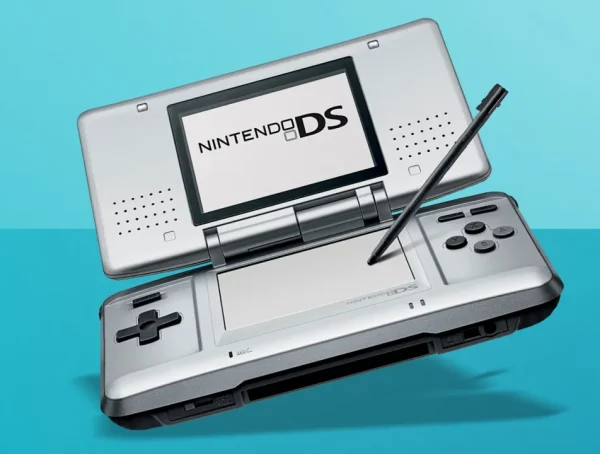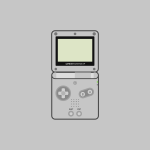Nintendo’s very first home console
Before the Game Boy, before the NES, and even before Donkey Kong, there was the Color TV-Game, Nintendo’s very first home console. Launched in 1977, this humble device marked the beginning of the company’s journey into the video game industry. Although often overshadowed by Nintendo’s later successes, the Color TV-Game series played a crucial role in shaping the company’s future and deserves a spotlight in gaming history.
The Origins of the Color TV-Game
During the 1970s, the video game industry was in its infancy. Companies like Magnavox, Atari, and various Japanese firms were introducing simple, single-game consoles that connected to televisions. Nintendo, already a well-established company in toys and arcade games, saw an opportunity.
In partnership with Mitsubishi Electric, Nintendo entered the home gaming market with the Color TV-Game series, launching its first model in June 1977. The device was not only a technical venture but also a bold business experiment for a company still best known for playing cards and toys.
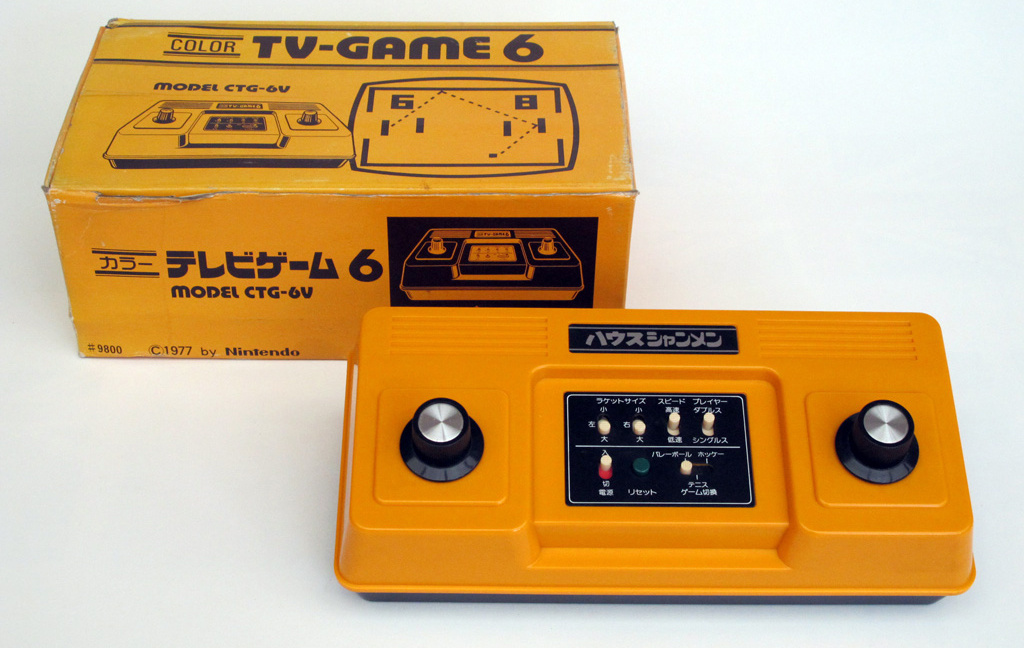
The Nintendo Color TV-Game Series
The Color TV-Game lineup consisted of five models, released between 1977 and 1980. These systems were dedicated consoles, meaning they came with built-in games and could not be expanded.
1. Color TV-Game 6 (1977)
- Release Date: June 1, 1977
- Games: Six variations of “Light Tennis” (similar to Pong)
- Price: ¥9,800 (approx. $35 at the time)
- Controllers: Built-in paddle dials
- Video Output: Color signal to TV
- Power: AC adapter or batteries
Despite being basic, the TV-Game 6 was popular in Japan due to its affordability and simplicity. It sold over 350,000 units, a solid success for a debut product.
2. Color TV-Game 15 (1977)
- Release Date: Later in 1977
- Games: 15 variations of “Light Tennis”
- Controllers: External wired paddles (a major upgrade from TV-Game 6)
- Price: ¥15,000
- Sales: Over 700,000 units
This version improved upon the original with more game modes and removable controllers, making it a favorite among early adopters.
3. Color TV-Game Racing 112 (1978)
- Release Date: June 8, 1978
- Games: Racing games (112 variations of a single driving concept)
- Unique Feature: Steering wheel and gear shifter controller
- Co-Development: Nintendo and Shigeru Miyamoto (first project for Miyamoto)
Though sales were modest, this model showcased Nintendo’s early creativity and marked the involvement of future legend Shigeru Miyamoto.
4. Color TV-Game Block Breaker (1979)
- Release Date: 1979
- Game: “Block Kuzushi” (a clone of Breakout)
- Controls: Paddle-style knob
- Fun Fact: Based on Nintendo’s own arcade version of Breakout
- Sales: Around 400,000 units
This model was particularly well-received, combining a classic arcade feel with Nintendo’s growing home expertise.
5. Computer TV-Game (1980)
- Release Date: 1980
- Game: Computer Othello (board game)
- Unique Feature: Early signs of programmable logic
- Significance: The final and rarest entry in the series
It paved the way for Nintendo to move toward programmable game cartridges, leading directly to the Famicom/NES.
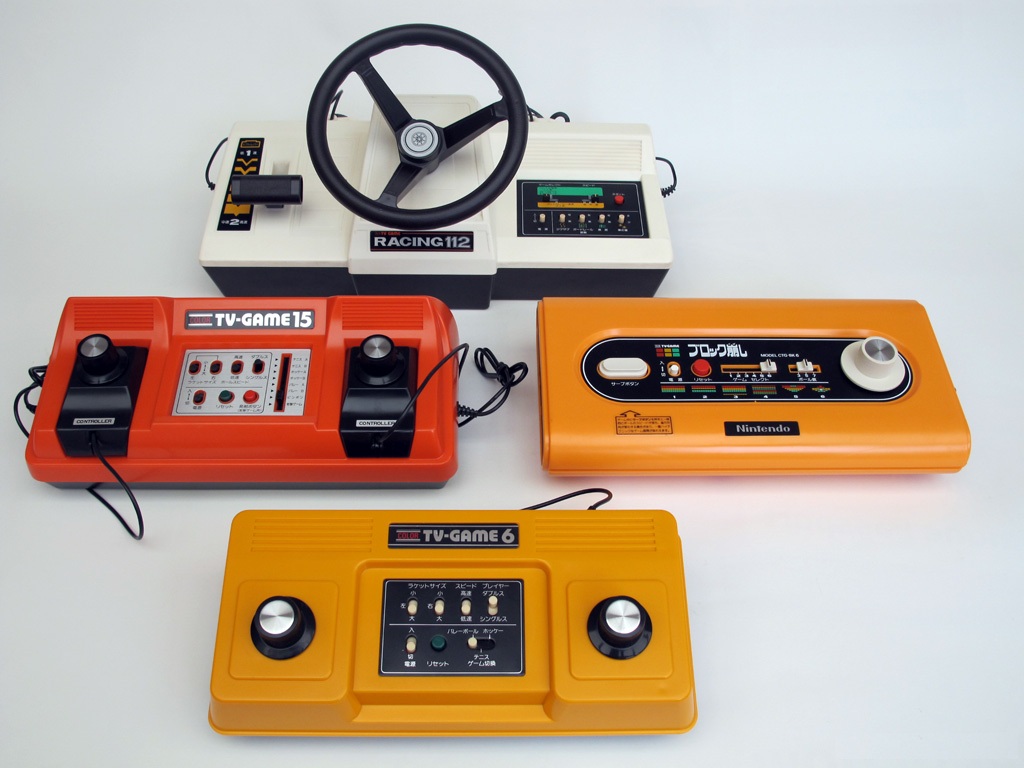
Technical Specifications (General)
- Display Output: Analog RF output to color TVs
- Graphics: Simple 2D sprites and color backgrounds
- Audio: Basic monaural sound
- Power Source: AC adapter or C-cell batteries
- Input Devices: Built-in or external dials, paddles, steering wheel (model-dependent)
- Game Storage: All games were built-in; no cartridges or expansions
- Resolution: Approx. 192 × 240 pixels (NTSC standard)
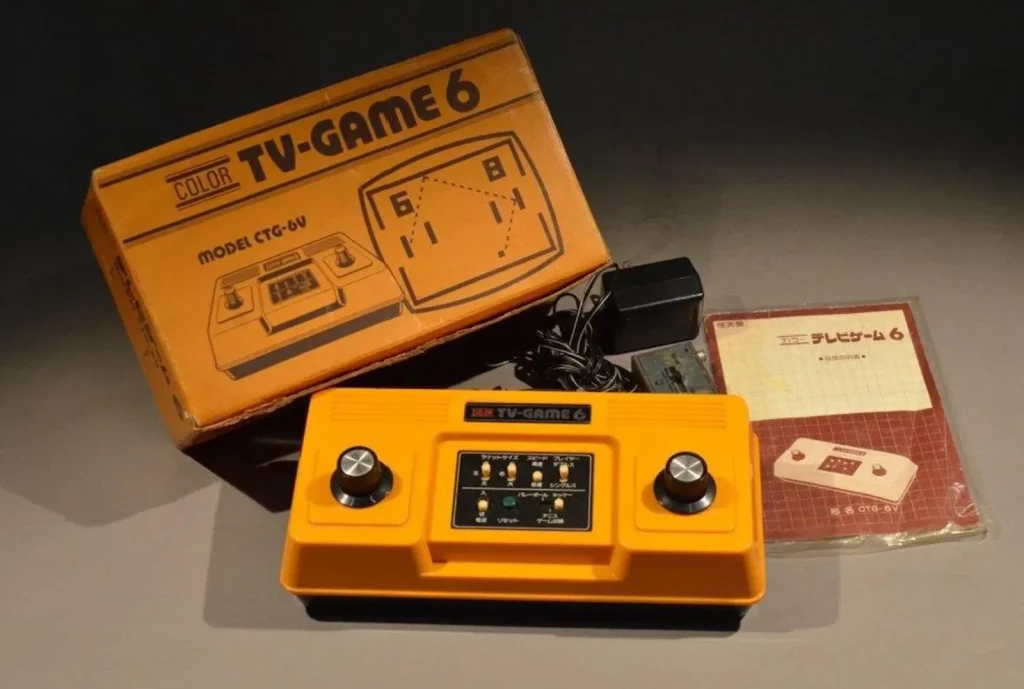
Design and Manufacturing
The Color TV-Game consoles were designed in part by Nintendo R&D2, led by engineer Masayuki Uemura, who would later design the Famicom (NES). Early prototypes were co-developed with Mitsubishi, and the final units were manufactured in Japan.
Interestingly, the sleek and colorful casing of the Color TV-Game 6 and 15 reflected the design aesthetics of the 1970s, aiming to make the consoles appealing for home entertainment environments.
Legacy
Although limited by today’s standards, the Color TV-Game series was Nintendo’s first step into the living room. The lessons learned in design, marketing, and technology would serve the company well in the coming decades. Some key legacies include:
- Launchpad for Shigeru Miyamoto, who designed the casing for Racing 112
- Foundation for home console development, leading to the Famicom/NES
- Introduction to electronic consumer product development on a large scale
- Helped Nintendo recognize the mass appeal of home gaming
To date, it’s estimated that Nintendo sold over 3 million units of the Color TV-Game series in Japan.
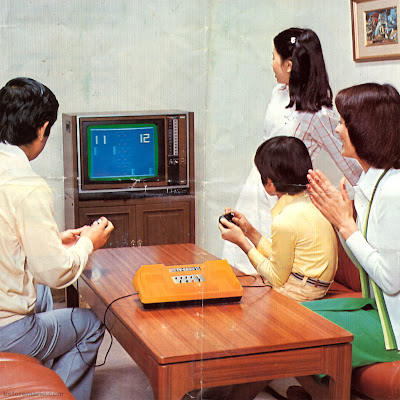
More Than The First Console!
The Color TV-Game might not be a household name like the Switch or the NES, but without it, Nintendo’s future in gaming might never have happened. This modest, Pong-style system gave Nintendo its first true experience in the home console space and laid the groundwork for a global entertainment empire. Today, the Color TV-Game series remains a treasured piece of Nintendo history, a symbol of curiosity, innovation, and the company’s endless potential.
You might also like
More from CONSOLES
Nintendo Wii Mini: Complete History, Versions, and Specs (2012)
The Nintendo Wii Mini is a lesser-known variant of the highly successful Nintendo Wii console. Designed as a more affordable …
Nintendo Switch: The Complete History and Versions of Nintendo’s Hybrid Revolution (2017)
Introduction When the Nintendo Switch was launched on March 3, 2017, it wasn’t just a new console, it was a radical …
Nintendo DS: The Dual-Screen Revolution (2004)
The Nintendo DS, launched in 2004, marked a bold and innovative step in the world of handheld gaming. With its …
